|
There are multiple unknown variables with any on-location
ESOL/ESL teaching session, but it was particularly unpredictable when I
served as a volunteer chaplain with refugee families seeking asylum at a
for-profit immigrant family detention center located seventy miles from
my home during “Art Inside Karnes” (2015 and 2016). To facilitate this
art ministry amid the mixed languages, ages, and cultures of the
detained families, I fine-tuned my “signature style” layered art process
for ESOL/ESL, that I had developed for ministry and mission while I was
senior pastor at Community Fellowship Presbyterian Church, New
Braunfels, Texas.
Participants and Parameters
Most of the migrant participants were women and children who
had been victims of horrific violence, fleeing from Central America’s
“Northern Triangle” of Guatemala, Honduras, and El Salvador. The women
were trying to protect their children from exploitation and death, while
also escaping from the femicide of their homelands (Boursier 2021b).
Sporadically, there also were families from Ecuador, Nicaragua, and
Brazil. The ministry was held two to four weekdays a month for two
years. There was a staggered arrival during the scheduled time frame,
generally 9 to 11 a.m. for mixed media art and 1 to 3 p.m. for jewelry.
Overall, more than five thousand mothers and children participated
during the ministry’s two-year timeframe. Generally, from fifty to
seventy-five mothers and young children attended the regular weekday
sessions, but during the scheduled school breaks as many as 250 to 300
women and children created art simultaneously in the on-site gym. The
all-volunteer ministry occasionally received criticism from refugee
advocates for being “in collusion with the enemy” so to speak. However,
not unlike any prison ministry, the three volunteer chaplains had to
work through the authorities in order to work
directly with the women and children (Boursier,
2018).
During the morning session, the participants created a mixed
media art/reflection which resembled art journaling, what art therapists
call visual journaling. Sometimes the finished product was done on
8½”-x-11” white cardstock (Figure
1). Other times the same paper was cut into eight Artist
Trading Cards (Figure
2), which the families exchanged among themselves as Tarjetas de la Amistad (Friendship Trading Cards)
(Figure
3). During the afternoon session, each person made one pair
of earrings and one beaded bracelet (Figure
4). The sessions were held in one of three small art rooms
when it was the mothers and young children. During “school vacation,” we
did art in the gymnasium with up to three hundred moms and kids. I
transported the art supplies in clearly marked transparent plastic tubs
that stacked into two oversized Pullman suitcases (Figure
5). Regardless of the location or the number who
participated, it was impossible to provide a single teaching moment to
explain the art/reflection theme and art process because the mothers and
children came and went intermittently throughout each
session.
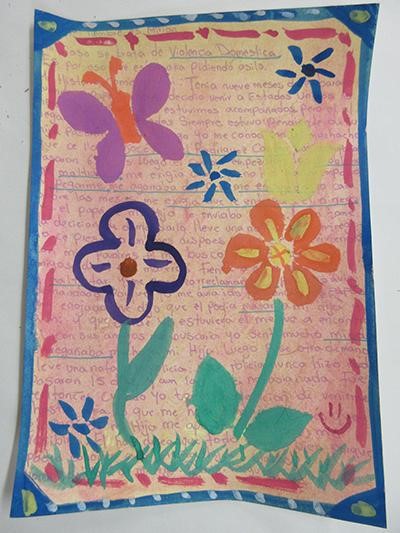
Figure 1. “My Case for Asylum,” 14 September 2016. (Click for larger image)
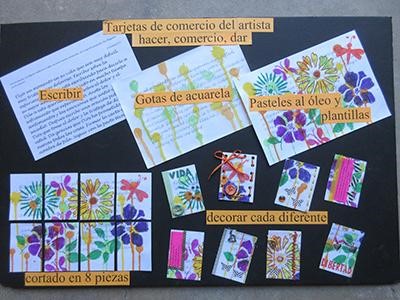
Figure 2. Artist trading card, how-to example. (Click for larger image)
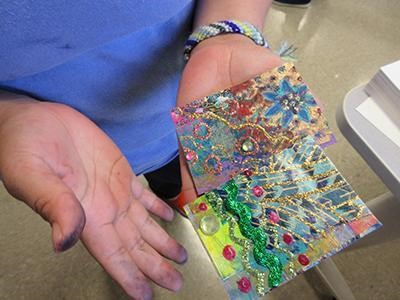
Figure 3. Mothers trading artist trading cards. (Click for larger image)
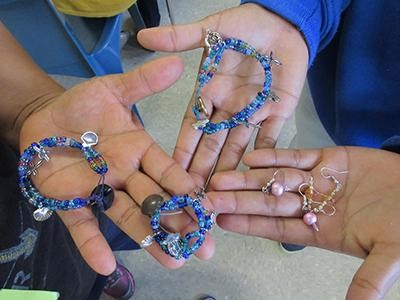
Figure 4. Jewelry examples. (Click for larger image)
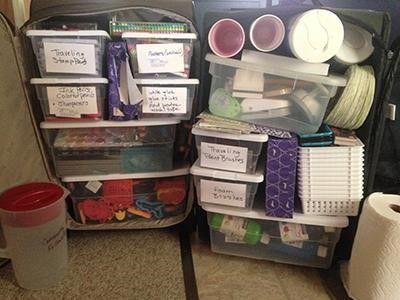
Figure 5. Traveling art supplies. (Click for larger image)
Multilingual Art Sessions With Intentionality
The art sessions were not art for art’s sake; rather the
art/reflections were set against a backdrop of trauma theory and art
therapy practices as each guided meditation was intentionally spiritual,
pastoral, and focused on helping the women heal from past hurts while
claiming hope for a better future. I incorporated Judith Herman’s
groundbreaking trauma theory which has confirmed that the “action of
telling a story” has helped with the “transformation of memory” and
recovery from trauma (Herman, 2015, p. 183). My art/reflection procedure
also resonated with what Madeleine L’Engle (1980) wrote in Walking On Water: Reflections on Art and Faith: “In
art, either as creators or participators, we are helped to remember
some of the glorious things we have forgotten, and some of the terrible
things we are asked to endure, we who are children of God by adoption
and by grace” (p. 51). The art/reflections provided a safe place for the
mothers to voice the injustices they had experienced in their
homelands, during the journey, and upon crossing the border to the U.S.
as they began the asylum-seeking due process. The prompts helped
participants to move from their pain, frustration, uncertainty, and fear
of the present, to reframing and claiming a renewed hope for the future
that then reoriented their perspective about the present (Boursier,
2021a). My favorite projects included: preparing the mothers for the
credible fear interview, guided reflections on their personal courage,
hopes and dreams for their children, and celebrating memories from home
(Figure
6).
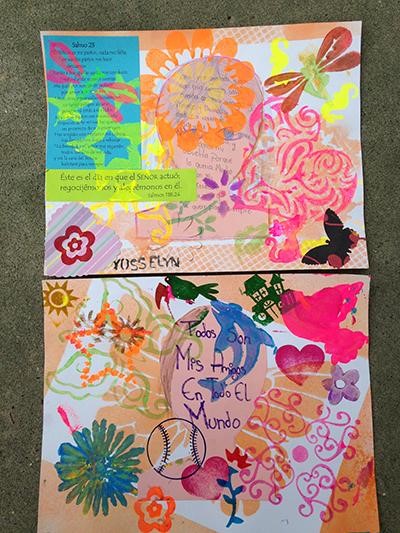
Figure 6. “Memories from Home” 11 March 2015. (Click for larger image)
Art Inside Karnes used a directive or semi-directive approach
for the art/reflections, which offered a framework of guidance for art
participants with the written reflection and/or the art part. In
contrast, a nondirective approach means that the
art facilitator provides a blank sheet of paper and art supplies and
does not guide or prompt the participant in any way. This method is
problematic for anyone who does not know how to use the diverse art
supplies, and it also is intimidating and daunting to stare at a blank
piece of paper without having any sense of where or how to begin. The
starter prompts included with the instructions and examples were only
suggestions. Of course, the participants had the complete freedom to
reply to the questions, write about anything else they chose, or skip
the writing portion altogether and jump to the mixed media art. I used a
nondirective approach in the art sessions with children. Everyone kept
the artwork they created.
Advance Preparation Enhances Multilingual Participation
Advance prep is particularly important when facilitating any
ESOL/ESL large group of mixed ages, and different languages. It was
especially necessary for Art Inside Karnes because most of the families
were unfamiliar with the art methods, techniques, media, and processes.
To facilitate enjoyable learning, I designed the art/reflection theme
and then created step-by-step bi-or trilingual written instructions
(English, Spanish, and Portuguese) to fit a single side of 8½”-x-11”
standard paper (Figure
7). As the diversity of nationalities widened, the language
barrier became more intricate, so I also created a step-by-step visual
prototype for each layered art project so everyone had an easy way to
visually follow the various steps that went into the mixed media
collage. Initially, I made these on the size 8½”-x-11” art paper like
what the families used, and we passed these around until someone was
ready for the next art layer. It became more efficient to mount all of
the art process samples onto a single piece of black foam board because
it was easier to explain the overview for the project to a larger group.
Also, the individual pieces did not get misplaced in the piles of art
supplies (Figure
8). Art as Mission explained my art
process during Art Inside Karnes (hboursier.wordpress.com).
Blog posts included art preparation and reflection, and they also
shared insights from my ongoing learning about cross-cultural and
multilingual pedagogy for facilitating large groups of mixed language
participants who do not have any background in artmaking:
Every time I do art inside an immigrant family detention
center, I learn a bit more about cross-cultural pedagogy. Every time I
think I’ve got the process “clearly” explained it’s made obvious that NO
it is not so clear. I sneaked in a “step 2” to make it more apparent
what I’d blended together before. I also labeled each of the four steps.
The goal is to make the process easily understood [by everyone]. (Art
As Mission)
I switched blogs (refugeeartblog.com)
after Immigration Customs Enforcement rescinded my security clearance
and shut down the all-volunteer ministry December 15, 2016, but the
original blog still archives the art preparation process for Art Inside
Karnes. The new blog includes immigrant artwork and translations from
the testimonies that the mothers and children shared with me. Under the
“About” header, the new site also includes “how
to” resources to facilitate ESOL/ESL multilingual art
sessions with large groups.
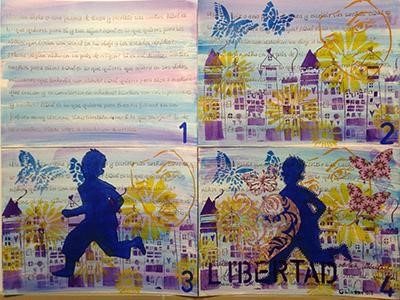
Figure 7. “Hopes and Dreams” 2 November 2015. (Click for larger image)
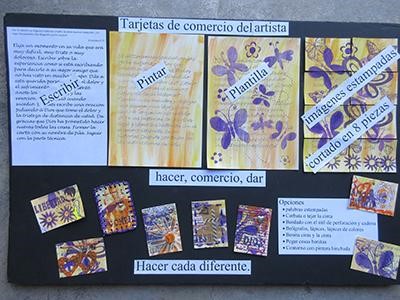
Figure 8. Artist trading card example. (Click for larger image)
ESOL was particularly noticeable during our conversations
around the art table as volunteer chaplains did “show and tell” to
demonstrate how to use the art supplies, many which the families had no
previous experience with (i.e., watercolors, stencils, stamped shapes,
and washi tape). ESOL was evident as the multilingual group, volunteer
chaplains, detained families, and detention center staff, engaged in
small group conversations round the art tables with the mothers and
children. I often joked with the families about my mediocre Spanish as
we stumbled along together: most of the participants struggling to learn
more English, and Pastora Helena struggling to
learn more Spanish. The challenge to overcome the language barrier
leveled the playing field, so to speak, as we all sought to increase
individual and group understanding by overcoming personal fears and
inhibitions about learning a foreign language. The bi- and trilingual
printed instructions, combined with the step-by-step art visuals,
ensured that no one felt inept, shut out, or left behind due to any
language or reading limitations. Instead, these teaching tools empowered
each participant to begin where they were to learn a little bit more
English and art during each ESOL art/session
experience. Art Inside Karnes, was an inexpressible experience of
compassion, love, friendship, and multilingual/multicultural solidarity
(Figure
9).
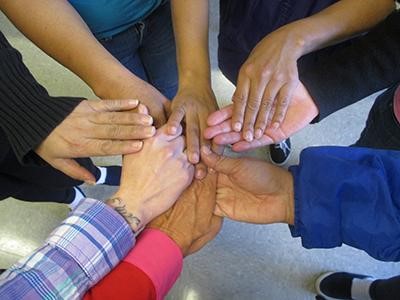
Figure 9. Solidarity: Volunteer chaplains join hands with detained migrants. (Click for larger image)
References
Boursier, H. B. (Forthcoming 2021a). Art as witness: A
public theology of arts-based research. Lanham, MD:
Lexington Books.
———. (Forthcoming 2021b). Femicide in global perspective: An
interreligious feminist critique. In H. T. Boursier (Ed.), The
Rowman & Littlefield handbook on women’s studies in
religion (forthcoming). Lanham, MD: Rowman &
Littlefield.
———. (May 2018). The power of hope: Art inside an immigrant
family detention center. The Arts in Religious and Theological
Studies Journal. 29(2): 50-67. https://www.societyarts.org/in-the-sanctuary-the-power-of-hope.html.
Herman, J. (1992, 2015). Trauma and recovery: The
aftermath of violence from domestic abuse to political
terror. New York: Perseus Books.
L’Engle, M. (1980). Walking on water: Reflections on
art & faith. Wheaton, IL: Harold Shaw
Publishers.
All photos © Helen T. Boursier; immigrant artwork and photos shared by permission.
Helen T. Boursier isa public
theologian, educator, author, activist, ordained minister, and artist.
She has been a volunteer chaplain with refugee families seeking asylum
since 2014, including 2 years inside a for-profit immigrant family
detention center. She teaches theology and religious
studies. |

